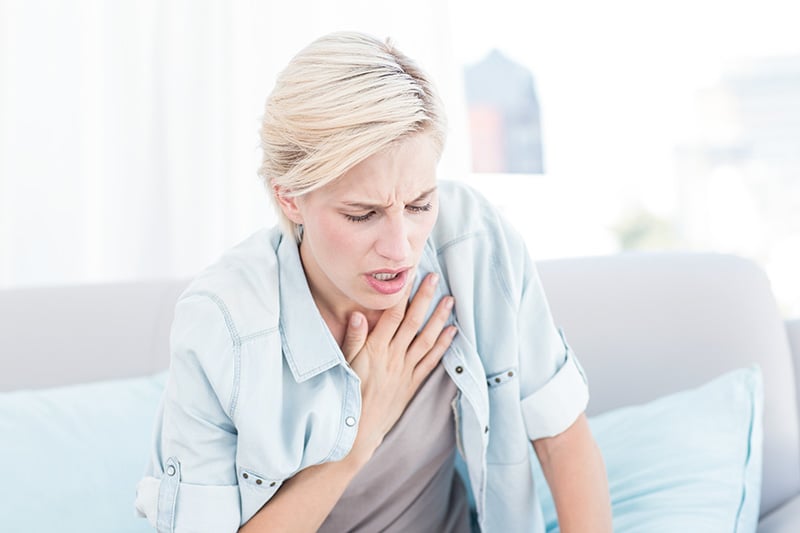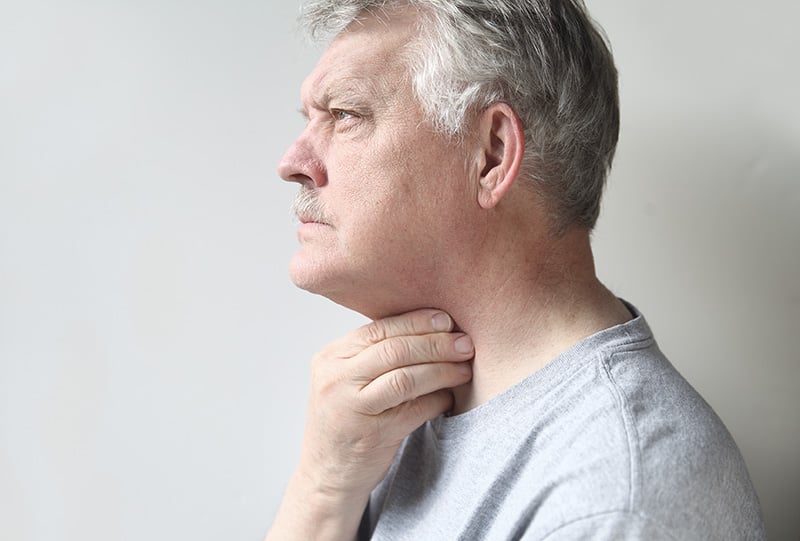WATCH OUT! 5 Warning Signs and Symptoms That Might Indicate “Aortic Aneurysm”

An aortic aneurysm is an abnormal enlargement or bulging of the wall of the aorta which is a major blood vessel that carries blood from heart to body. Aortic aneurysms include:
- Abdominal aortic aneurysm: occurs along the part of the aorta that passes through the abdomen.
- Thoracic aortic aneurysm: occurs along the part of the aorta that passes through the chest cavity.
If a ruptured aortic aneurysm could not be accurately diagnosed and effectively treated in time, it can cause life-threatening internal bleeding which leads to the increased chances of sudden death. Therefore, the notification of warning signs and symptoms of aortic aneurysm remains essentially important.
5 warning signs and symptoms that aortic aneurysm might be suspected include:
1) Chest tenderness or chest pain, dizziness or light-headedness, back pain, coughing up blood (hemoptysis) and loss of consciousness due to the ruptures.

2) Sudden or intense abdominal pain, pulsating enlargement or tender mass in an abdomen caused by a bulge of aortic wall in the abdominal areas.

3) Breathing difficulties such as shortness of breath related to the compression of the trachea caused by a bulge of aortic wall in the chest cavity.

4) Swallowing difficulties (dysphagia) caused by extrinsic compression of the esophagus due to the wall enlargement of thoracic aorta.

5) Hoarseness from the compression of recurrent laryngeal nerve which supplies all intrinsic muscles of the larynx (voice box).

More importantly, disease severity depends on the size of the aneurysm and its growth rate. Abdominal aortic aneurysms sometimes grow slowly without noticeable symptoms, therefore some patients might not have clinical manifestations. In case that it is an asymptomatic aortic aneurysm, the abnormal findings could be accurately examined by radiological imaging tests such as an chest X-ray, abdominal aortic ultrasound and CT scan (computerized tomography) combined with abdominal examination and palpation performed by the expert cardiologists. If an aortic aneurysm is ignored and left untreated, complications are often fatal. Do not wait until it is too late. If the signs and symptoms mentioned above are presented, medical attention must be sought immediately.

